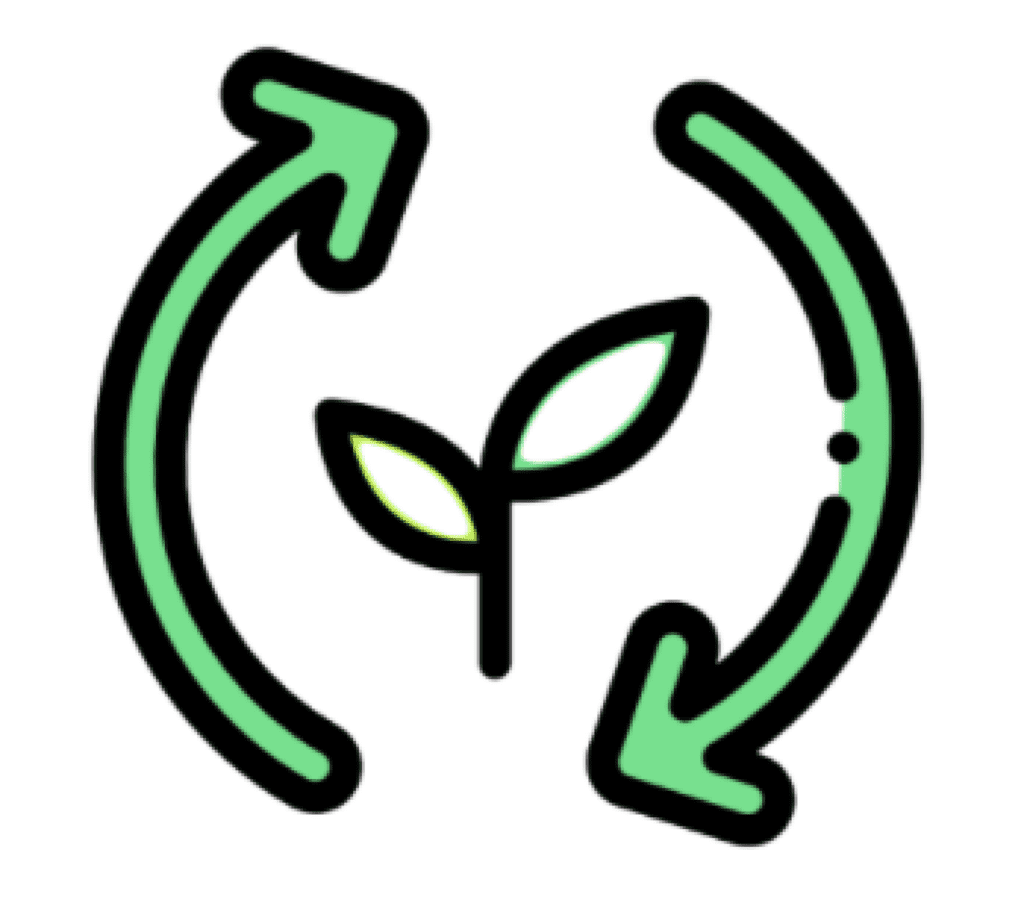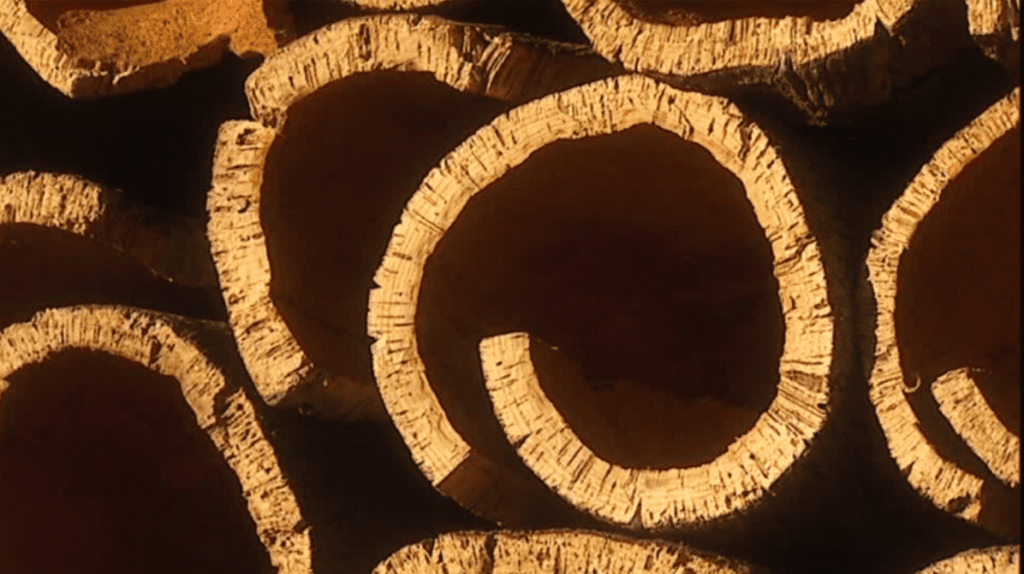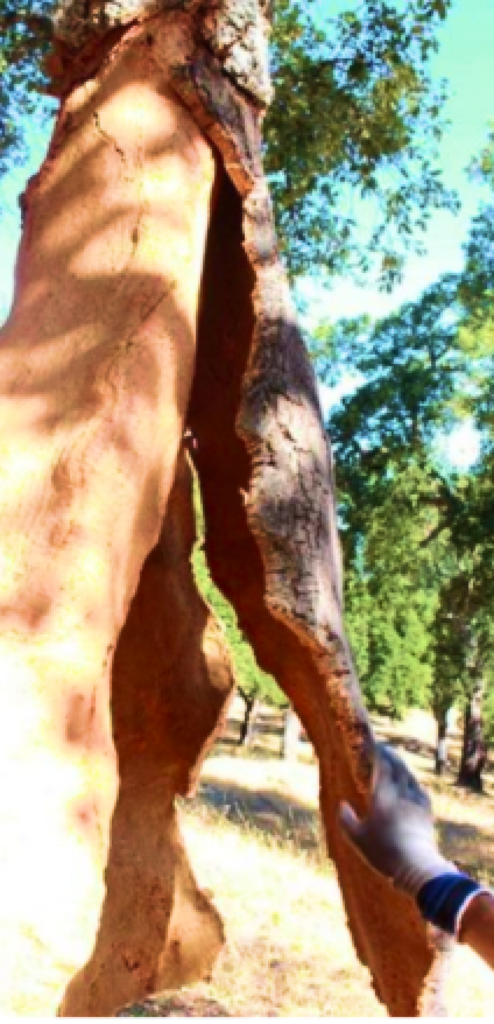Canada is now moving towards Cross Laminated Timber frames even for buildings as tall as 20 floors. They say
timber is preferred over any other material only for the
reason that it is a renewable resource and that it promotes
planting more trees that sequester carbon and store it in
the ground and the tree itself. There is no other material
that can replicate this effect on environment except trees.
They purify our air, remove carbon dioxide, and produce
more oxygen.
The Cork Oak trees are sustainably managed, harvested every nine years without felling or harming the tree. Cork
is one of nature’s most extraordinary inventions.
A natural plant tissue, cork is biodegradable, and its
exceptional ability to retain CO2 makes it a champion of
sustainability, a powerful ally against climate change.
The harvesting of cork tree barks emits oxygen which is in
addition to the oxygen produced by the tree in the
process of photosynthesis.
The overall manufacturing process of Cork spray from growing cork trees, to extraction of plant based resins,
and organic polymers involves very little carbon
emissions.
Cork forests preserve the biodiversity and help in the
survival of many indigenous animal species that are in
danger of extinction.
Another important role they play is in sequestering CO2,
regulating the hydrological cycle, and retaining
environmental and social desertification. The forests offer
a cultural landscapes. Human actions from use of
resources like the cork, the fruits for animal feed, the
pastures and agricultural crops result in the such cultural
systems.
Cork Oak forests also make a wide range of agricultural,
forestry, forest grazing, hunting and
economic
activities
viable. Over 100,000 people directly or indirectly depend
on the Cork Forest
economy.
Excellent thermal properties and weak combustion makes
cork more fire-resistant
than other trees. Slow combustion
means its naturally fire retardant and form a barrier
against
forest fires. Even after combustion Cork does not
produce and smoke or toxic gases.
Cork forests are compared at par with the Amazon
forests, the African Savana and Borneo. It is the natural
habitat for more than 120 plant species and over 180
animal species.
Cork forests are said to sequester and retain up to a
whopping 14 million tons of carbon dioxide from the
atmosphere. A huge contribution for reducing
greenhouse gas emissions which are the main cause of
global warming and climate change. This does not stop
here, when the barks are harvested from the trees, the
stripped cork oak tree absorbs 5x more CO2 during its
natural regeneration.






